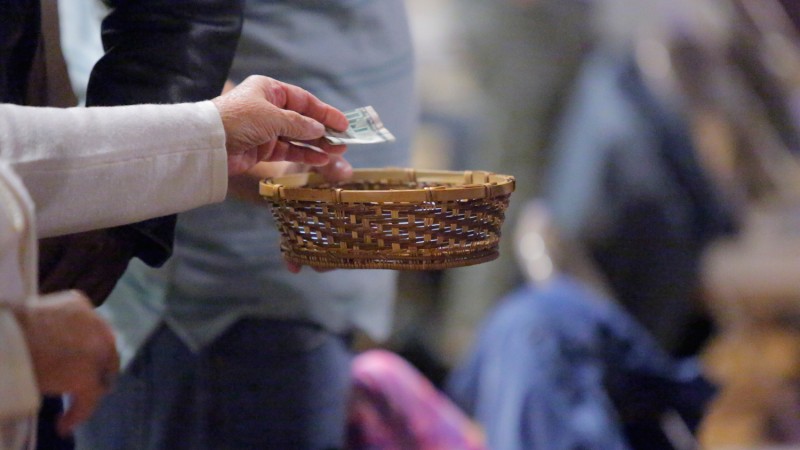Jesus gave the Great Commission to the Church. The Church is God’s chosen method to spread the gospel and make disciples. We believe everything related to missions comes through the local church, as the local churches partner with other organizations and other churches in gospel ministry. So, while we work with some great partners, such as the North American Mission Board, to plant churches, we also realize that it is the local church who raises up, sends out and provides for church planters (see Acts 13:1-4).
A key element of sending from Acts 13 is the affirming of the local church—church planters need this affirmation not only in a spiritual sense but also in practical ways as well. In a practical sense, the planter needs to know that their Sending Church will care for them and their family. The Sending Church must come alongside church planters and help provide for them. This is non-negotiable as a Sending Church.
Here are seven ways to provide for church planters:
1. Partner with them financially for at least five years.
Sending requires sacrifice. Support them generously. It’s that simple. Know that you are in this for the long haul because it takes two to three years for most church plants to begin to see gospel fruit. The planter needs to know that you are with him through the early stages and challenges he and his family will face. Reorient your budget toward more direct Great Commission work.
2. Help bridge the gap during the transition year.
Most planters need transition time to move from their Sending Church to their Send City. Some planters go through a residency or internship as part of their development. The Sending Church can cover their moving expenses and other tangible needs such as health insurance.
3. Leverage your network to bring in other partner churches.
Most planters work hard at raising support and recruiting other partner churches. Help him out by doing some of the “asking” for him. This shows him that you are committed to planting and willing to challenge other churches to partner financially. Bring other pastors on visions trips to their city and let them hear from the planter.
4. Practice missionary care for them.
Consider having a team in your church that is responsible to care for those who have been sent. This team should plan to visit the planters regularly during the first five years with no agenda other than to serve and care for them.
5. Encourage small groups to be involved.
Whether your church has Sunday school classes or off-campus small groups, develop a structure for them to adopt church planter families. They can send letters of encouragement and gift cards for birthdays and anniversaries, or even take a group trip to visit them.
6. Send people with them.
We believe that healthy planters need healthy teams because church planting should not be done in isolation. Be willing to “let go” of some of your best people, including some of your staff and key ministry leaders. Encourage college students to go after they graduate. Challenge families to relocate their jobs to the Send City. Ask retirees to use their retirement years to go serve with a church plant.
7. Pray for them.
Church planting is spiritual warfare. Pray regularly as a staff for your planter. Pray for their marriage, their families and their church.
Published February 16, 2017
